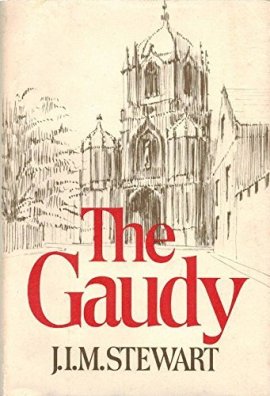
I resolved to read more genres this year, and recently picked up Danielle Geller’s engrossing new memoir, Dog Flowers. This thoughtful, quiet, empathetic book deals with her acceptance of a deeply flawed family and problems of identity.
Raised in Pennsylvania by her white grandmother but a member of the Navajo nation, Geller grew up in a relatively stable home but took for granted the problems of her alcoholic, divorced, often homeless parents.
The impetus for the memoir is the death of her mother, Lee, who dies homeless in a hospital in Florida. Danielle flies from Boston to Florida to visit: Danielle’s sister Eileen has a drug problem, screams at her on the phone when she hears the news, and is in trouble with the law. So Danielle holds it all together: a nurse questions her presence, because she’d been told Lee had no family, and Danielle is upset by their assumptions about homelessness. And we readers learn about the challenges that kept Lee from living a normal life. She left the Reservation in Arizona at 19, and her sporadic heavy drinking made it impossible to keep a job.
After Lee’s death, Danielle finds scraps of her mother’s writing, diaries, and letters among her belongings. She cherishes these scraps, which show her mother’s love for her daughters and appreciation of their relationship . She visits her relatives on the Reservation, and they share memories of Lee. Later, Danielle is trained in library school as an archivist. And so she archives her mother’s writings, using them as footnotes to this narrative.
Geller’s writing is flawless, graceful, and moving. Her writing reminds me of Pam Houston’s. An excellent read.
AND NOW A CONNECTION BETWEEN D. H. LAWRENCE AND J. I. M. STEWART.

A few years ago I declared D. H. Lawrence my favorite writer. His writing is brilliant, hypnotic, and darkly irresistible–but sometimes he goes too far.
I love The Rainbow, which is one of the best English novels of the 20th century. But then, alas, I went on to The Plumed Serpent, which is positively risible. An Englishwoman, Kate, visits Mexico and marries Don Ramon, a wealthy general and landowner, who claims he is the Aztec god Quetzalcoatl: one of his goals is to drive Christianity out of Mexico. It’s not just Don Ramon’s ideas that are bad: it is an incredibly bad book.
So I must share a funny passage from from J. I. M. Stewart’s The Gaudy. The narrator, Duncan, literally runs into a girl at the library, and one of her books crashes to the ground.
It was The Plumed Serpent. Janet appeared to be on her way to return it to the desk.
“Did you like it?” I asked.
This was an eternal moment, for I had done something I couldn’t–until the words were spoken–have believed myself capable of. And it had never occurred to me that Janet Finley might read books.
“No, I didn’t!” Janet replied instantly, and with a vehemence apparently unconnected with any just outrage she might have felt at being addressed by me. “That woman Kate. She watches her husband murdering people, and their blood being sprinkled on a sacred fire. And it makes her ‘uneasy.’ Just that! Not mad with horror, or crazed with some daft religious ecstasy. ‘Uneasy’–and gloomy too. I’d be gloomy! But I supposed it’s all deeply true.’
“I don’t think anything of the sort.” Although my passion for Lawrence was at that time was fathomless, I felt it should be made known to Janet that a line has sometimes to be drawn in him.
This conversation goes on for another page–I loved The Gaudy, but it would be worth reading just for this.




























